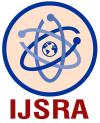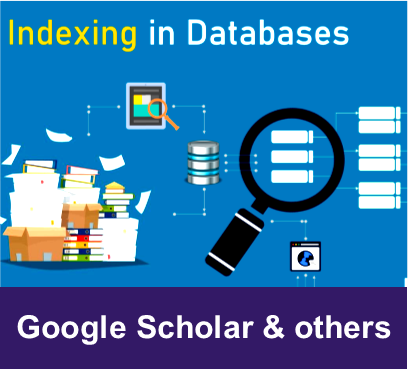Department of Information Technology, Narsee Monjee College of Commerce and Economics, Vile Parle, Mumba, India.
International Journal of Science and Research Archive, 2025, 15(01), 045-053
Article DOI: 10.30574/ijsra.2025.15.1.0948
Received on 24 February 2025; revised on 01 April 2025; accepted on 03 April 2025
The creation of the "Skill Swap" platform is motivated by the growing need for affordable, accessible, and flexible learning in the digital era. Platforms such as Coursera, Udemy, and LinkedIn Learning, though popular, have some drawbacks that Skill Swap seeks to overcome. One of the main obstacles that learners on these platforms encounter is the cost of accessing courses and learning materials. Most platforms charge subscription fees or one-off payments, and learning is thus out of reach for those with limited budgets. Skill Swap breaks this cost barrier by creating a community-based learning environment where users can swap skills directly with each other, without the requirement of money. A second problem learners face on current platforms is the absence of tailored learning experiences. Coursera, Udemy, and other websites tend to follow set course outlines that do not adjust to individual learning styles, pace, and objectives. Skill Swap solves this problem by using a user-oriented design that enables learners to customize their learning experiences based on their individual needs and interests. The website's sophisticated algorithms pair users according to their skills, experience, and learning goals, promoting more effective and efficient learning relationships.
Education; Full Stack; Learning; Skills; Web
Preview Article PDF
Karan Shah, Nizamuddin Khan, Anupama Jawale and Ruta Prabhu. Exploring full stack development and DevOps Integration: A case study on 'skill-swap' web application. International Journal of Science and Research Archive, 2025, 15(01), 045-053. Article DOI: https://doi.org/10.30574/ijsra.2025.15.1.0948.
Copyright © 2025 Author(s) retain the copyright of this article. This article is published under the terms of the Creative Commons Attribution Liscense 4.0








